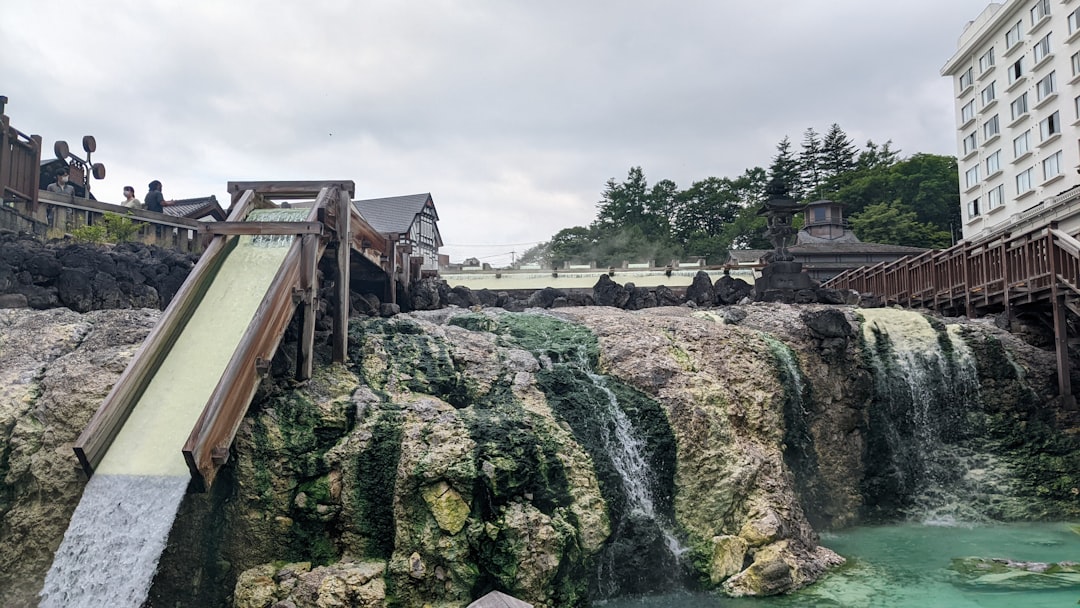What is it about?
This study investigates the physiological responses of sea urchin larvae to ocean acidification and seagrass-driven variability. Results suggest decreased growth rates with lower pH, and seagrass presence exacerbates this effect. The study highlights the limitations of local adaptation under ocean acidification and challenges the protective role of seagrass ecosystems.
Featured Image

Photo by Benjamin L. Jones on Unsplash
Why is it important?
Understanding the impact of ocean acidification and environmental variability on marine organisms, as shown by sea urchin larvae, is key for predicting and mitigating the effects of climate change. This study demonstrates the vulnerability of coastal ecosystems and challenges the assumption that certain habitats, like seagrass beds, offer refuge against ocean acidification. Physiological responses provide valuable information for conservation strategies, emphasizing the need for comprehensive assessments of ecosystem dynamics. This article contributes to a broader understanding of the complex interactions between environmental factors and marine life, aiding in the development of informed policies and practices for the preservation of marine biodiversity.
Read the Original
This page is a summary of: Hidden cost of pH variability in seagrass beds on marine calcifiers under ocean acidification, The Science of The Total Environment, March 2024, Elsevier,
DOI: 10.1016/j.scitotenv.2024.170169.
You can read the full text:
Contributors
The following have contributed to this page










